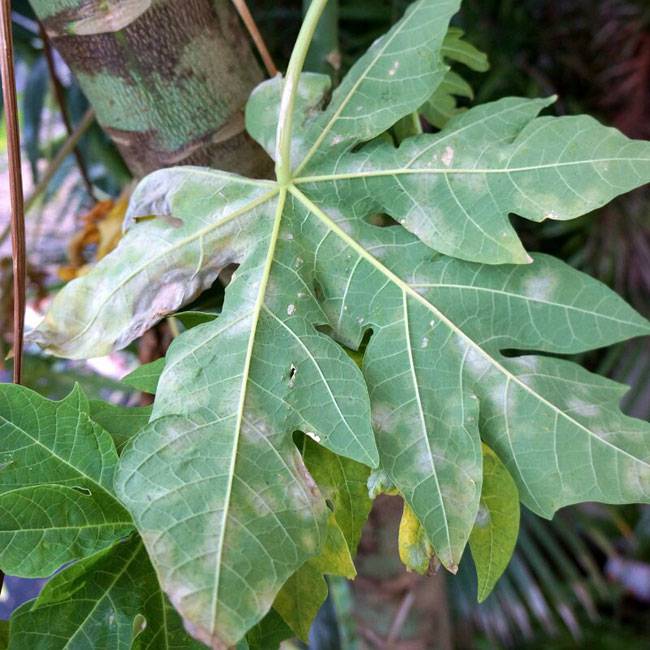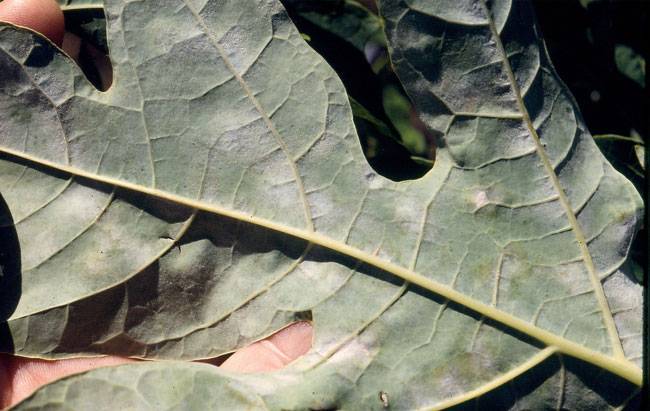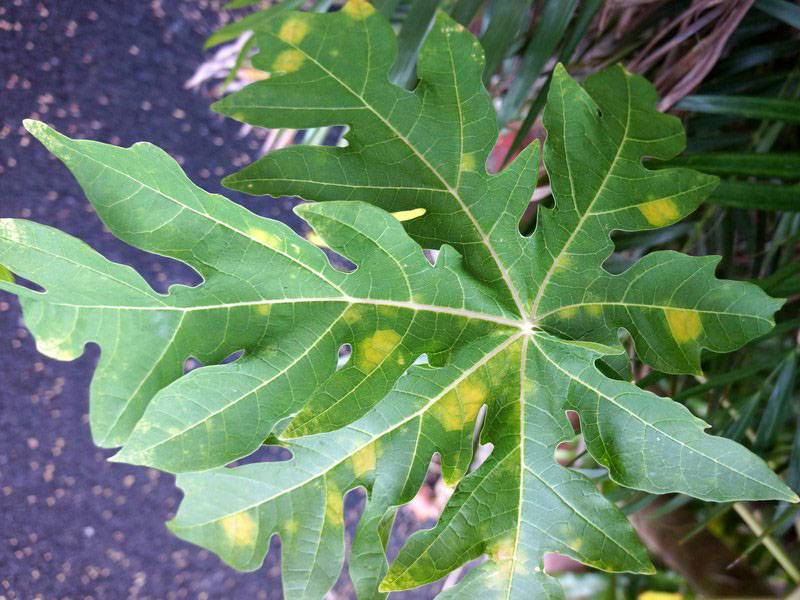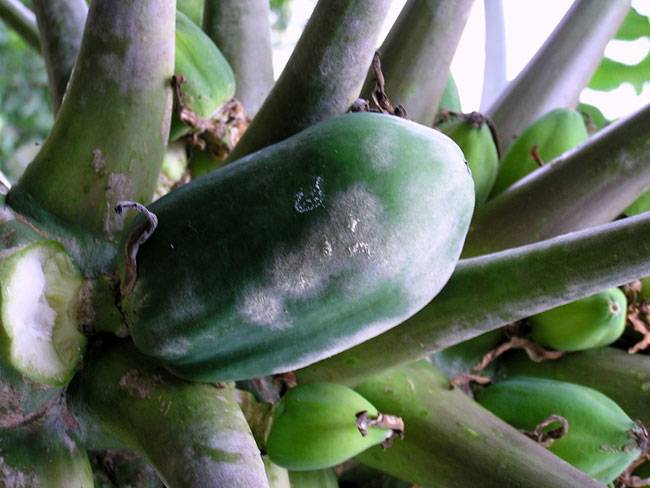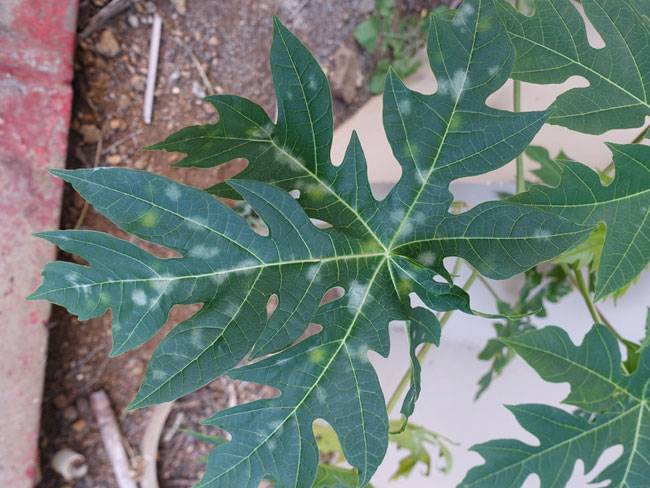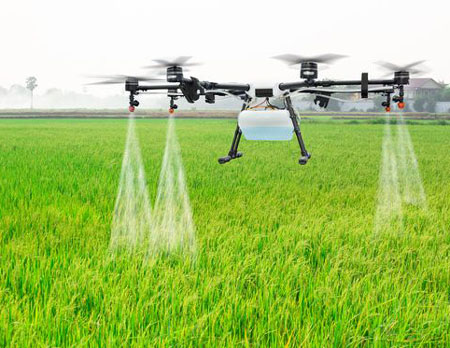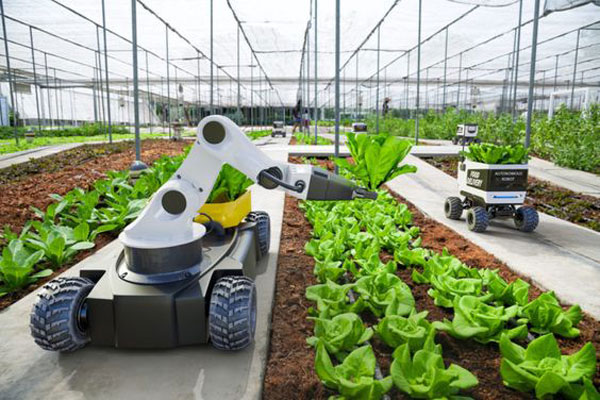Powdery mildew, caused by Oidium caricae, is a common fungal disease of papaya that primarily affects older leaves and senescing foliage. While it typically causes minimal damage to mature trees, young plants and seedlings in environments with moderate rainfall and temperatures are more susceptible, potentially leading to significant yield losses. Early detection and management are essential to mitigate its impact.
Symptoms
On Leaves
- Diffuse mats of white, powdery mycelium develop predominantly on the lower leaf surfaces, especially near veins.
- Affected areas turn light green and chlorotic, often bordered by a dark green margin.
- Infection is more prevalent in older leaves but can occur across all leaf ages.
On Stems, Flowers, and Fruits
- Stems, flower pedicels, and fruits can also show infection.
- Infected seedlings may exhibit defoliation, stem lesions, and fruit damage, leading to measurable yield reductions.
Progression
- Yellow spots on lower leaf surfaces develop into powdery fungal patches that enlarge over time.
- Leaves may become necrotic, curl, and drop prematurely.
- On fruits, white powdery patches may eventually scar as the fruit ripens.
Biology
- Oidium caricae requires living papaya plants to grow and reproduce, lacking a saprophytic stage.
- Mycelium is hyaline and septate, with haustoria that penetrate epidermal cells for nourishment.
- Conidia are granular, hyaline, and borne in chains, measuring 14–19 x 28–30 µm.
- Environmental factors favoring disease development:
- Temperature: 18–32°C.
- Rainfall: Moderate levels (1500–2500 mm annually).
- Humidity: High levels, coupled with low light conditions.
Impact on Plants
- Seedlings are especially vulnerable, with severe infections killing the apical portions.
- Mature trees experience less yield loss, but severe defoliation and fruit lesions in young plants can be detrimental.
Management Strategies
Cultural Practices:
- Ensure proper airflow and light penetration in orchards to reduce humidity.
- Regularly remove and destroy infected plant parts.
Chemical Control:
- Use fungicides appropriate for powdery mildew at recommended intervals.
Early Monitoring:
- Regular inspection of foliage, especially during periods of moderate rainfall and humidity, for early signs of infection.
By maintaining vigilant management practices, papaya growers can effectively control powdery mildew, ensuring healthy crops and minimizing yield losses.
Image Source: Plantvillage.
